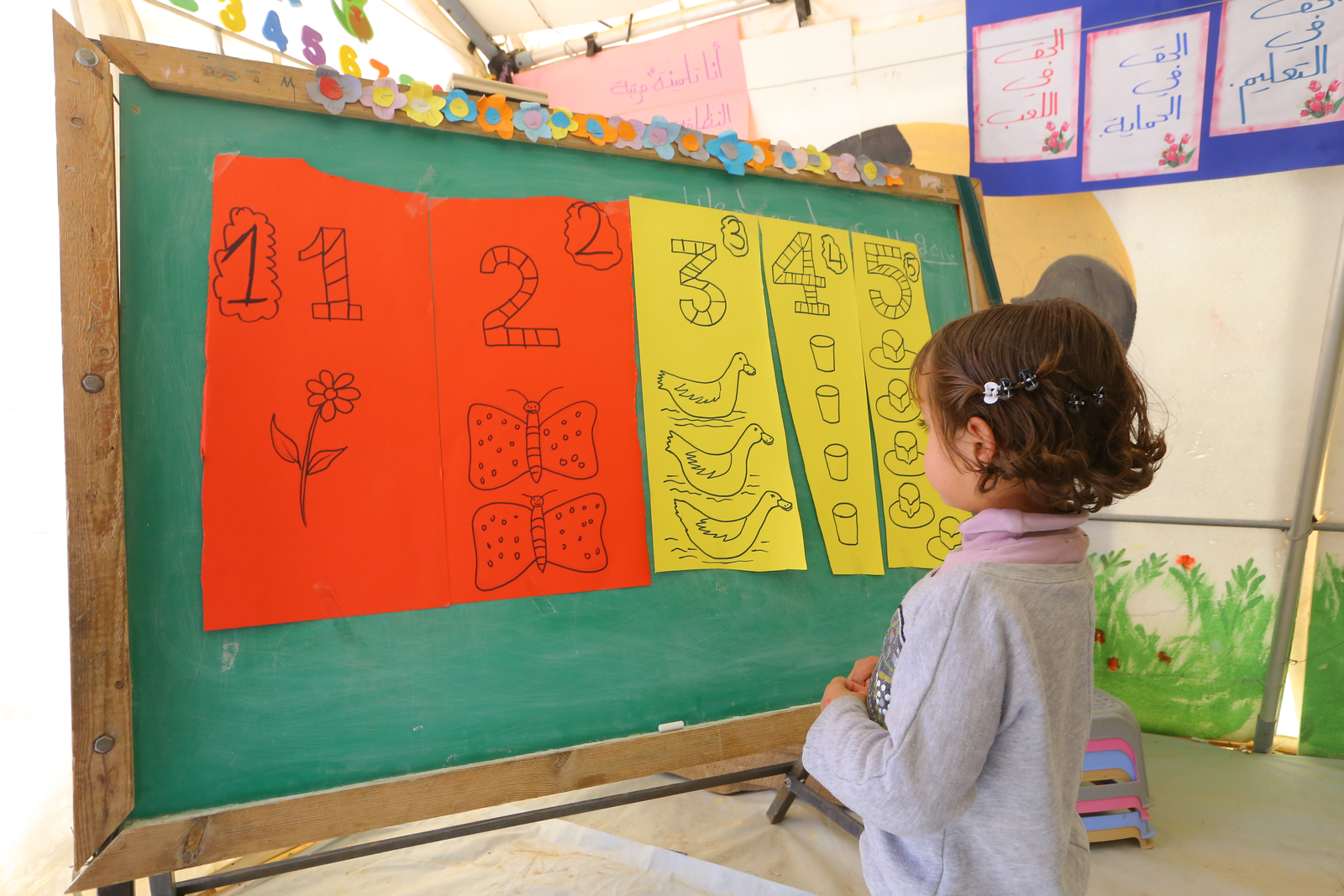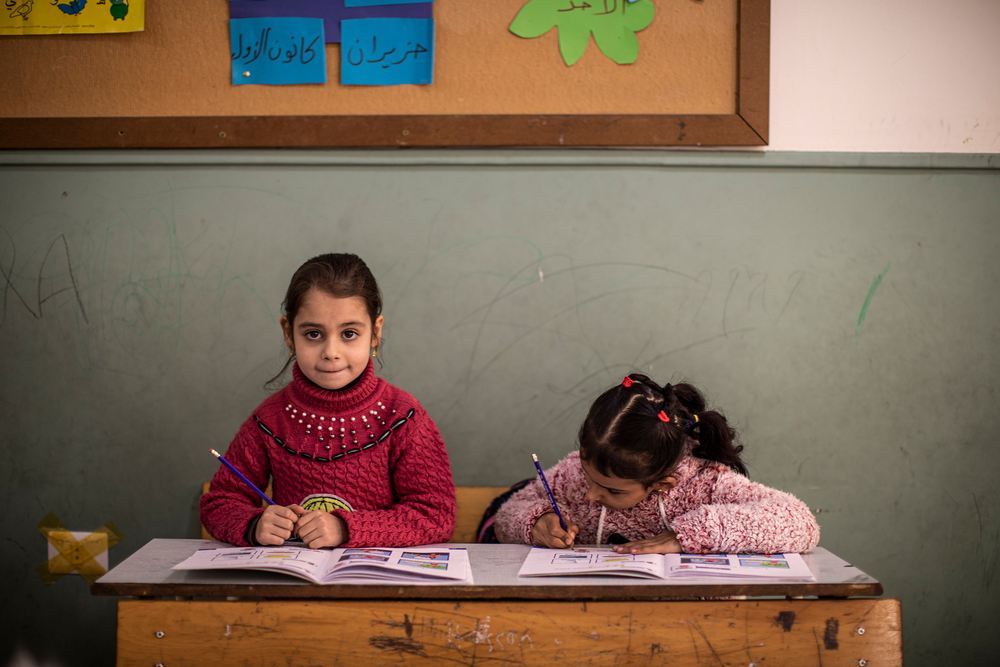
Nepal earthquake: ‘5000 schools destroyed and thousands more damaged’
Education in emergencies
The tremors that caused devastation across the South Asian country will also have devastating long-term consequences for Nepal's children and its education system.
Devastation to one of the oldest high schools in Kathmandu
Aftershocks and the fear of disease are causing panic. Millions of people are homeless and living in temporary shelters or in the open. Rescue teams are digging for survivors, food and water is being distributed and aid is getting to remote areas.
The horrific effects of the Nepal earthquake are being dealt with on an hour-by-hour basis. But the tremors that caused devastation across the South Asian country will also have devastating long-term consequences for its education system.
Thousands of schools were damaged or destroyed by the 7.8 earthquake on April 25 and the destruction has caused the closure of all Nepalese state-run and private schools for the next two weeks at least as the immediate crisis is dealt with.
More than 16,000 public and private schools – about half of the country’s total – have been damaged, according to UN OCHA (United Nations Office for the Coordination of Humanitarian Affairs) Asia and the Pacific.
west point school, thankot. Thank god it was Saturday when quake hit Nepal #NepalQuake pic.twitter.com/v44SWD7ZTn
— A-Mason (@anpmsn) April 27, 2015
The UN’s daily situation report said yesterday there are 16,000 schools in the areas affected by the earthquake – but that the “extent of damage in all districts is still being assessed”. But it added: “Initial reports from affected districts indicate that a huge proportion of school facilities have been totally destroyed or severely damaged due to the earthquake. Schools that are still standing are being used as shelters by displaced populations.”
Joint Secretary Hari Prasad Lamsal, spokesperson at Nepal’s Ministry of Education, said: “A majority of schools that were destroyed are older than 50 years and were built out of mud and mortar.” University World News reported that an estimated 5000 primary and secondary school buildings had been completely destroyed.
Save the Children staff estimates that in Gorkha district alone, 90% of the 500 schools have been destroyed or badly damaged, affecting 75,000 schoolchildren.
Roger Hodgson, Deputy Country Director for Save the Children in Nepal, said: “Nepal’s children will need the help of the international community to rebuild 5000 destroyed schools and repair those that have been damaged – otherwise, this disaster threatens to deprive thousands of children of their basic right to education for months, or even years to come.”
Children shelter in Phutung Village Picture: UNICEF/Nybo
The UN children’s agency UNICEF said earlier this week that almost one million children need help. They are particularly vulnerable to diseases because of unsafe water and sanitation and it is feared some children may have become separated from their families.
UN OCHA Asia Pacific has called for $451 million of aid to respond to the most urgent humanitarian needs in Nepal over the next three months. Among the spending targets are education for 1.5 million children and protection for 2.1 million children and 525,000 women.
Once the immediate humanitarian challenges are met, it is vital that Nepal’s children go back to school. Some kind of normality and the feeling of being in safe spaces will help them to recover gradually from the terrible trauma.
Experience shows that if children are out of school for long periods many could fall into child labour, child marriage and sexual exploitation. Out-of-school children are also at greater risk of violence, rape and recruitment into fighting, prostitution, and other life-threatening, often criminal, activities. Many will simply never return to the classroom.
Children get drinking water in Kathmandu Picture: UNICEF/Nybo
In 2014, only 1% of humanitarian funding was directed to education. A World at School recently called for the creation of a humanitarian fund for financing education in emergencies so that children have the education necessary to protect themselves and rebuild their communities.
Nepal’s education system had been making giant strides in recent years – achieving universal pre-primary and primary enrolment rates and gender parity, according to the Education For All Global Monitoring Report 2015.
But its schools were vulnerable to earthquakes. In 1998-99, the National Society for Earthquake Technology-Nepal (NSET) evaluated the risk to schools in Kathmandu Valley. It found that – despite the high risk of earthquakes – “school construction in Nepal has largely ignored issues of structural safety and they are built very informally”.
It warned that in a severe earthquake 66% of the schools in Kathmandu Valley would be likely to collapse, another 11% would partially collapse and the rest would be damaged. If an earthquake happened during school hours it predicted that 29,000 students, teachers and staff would be killed and 43,000 seriously injured. Thankfully, the earthquake happened on a Saturday when schools were closed.
Injured girl in grounds of Kathmandu hospital Picture: UNICEF/Nybo
Those findings led to NSET advocating for the School Earthquake Safety Program in Nepal. The initiative implemented programmes which consisted of training masons; training teachers, students and parents about earthquake preparedness; and improving the seismic safety of school buildings.
It has reached 170,000 people including engineers, architects, technicians, construction stakeholders, students, parents and citizens.
NSET said the programme was “very successful” in promoting community participation and to raise earthquake awareness significantly. The trained masons were spreading the technology of earthquake-resistant construction in their communities and replicating the technology while constructing new buildings and training other masons.
You can donate to the Nepal earthquake appeals being run by organisations including UNICEF, Save The Children, Oxfam, BRAC, Tear Fund and the Disasters Emergency Committee.
Aftershocks and the fear of disease are causing panic. Millions of people are homeless and living in temporary shelters or in the open. Rescue teams are digging for survivors, food and water is being distributed and aid is getting to remote areas.
The horrific effects of the Nepal earthquake are being dealt with on an hour-by-hour basis. But the tremors that caused devastation across the South Asian country will also have devastating long-term consequences for its education system.
Thousands of schools were damaged or destroyed by the 7.8 earthquake on April 25 and the destruction has caused the closure of all Nepalese state-run and private schools for the next two weeks at least as the immediate crisis is dealt with.
More than 16,000 public and private schools – about half of the country’s total – have been damaged, according to UN OCHA (United Nations Office for the Coordination of Humanitarian Affairs) Asia and the Pacific.
The UN’s daily situation report said yesterday there are 16,000 schools in the areas affected by the earthquake – but that the “extent of damage in all districts is still being assessed”. But it added: “Initial reports from affected districts indicate that a huge proportion of school facilities have been totally destroyed or severely damaged due to the earthquake. Schools that are still standing are being used as shelters by displaced populations.”
Joint Secretary Hari Prasad Lamsal, spokesperson at Nepal’s Ministry of Education, said: “A majority of schools that were destroyed are older than 50 years and were built out of mud and mortar.” University World News reported that an estimated 5000 primary and secondary school buildings had been completely destroyed.
Save the Children staff estimates that in Gorkha district alone, 90% of the 500 schools have been destroyed or badly damaged, affecting 75,000 schoolchildren.
Roger Hodgson, Deputy Country Director for Save the Children in Nepal, said: “Nepal’s children will need the help of the international community to rebuild 5000 destroyed schools and repair those that have been damaged – otherwise, this disaster threatens to deprive thousands of children of their basic right to education for months, or even years to come.”
https://twitter.com/anpmsn/status/592645407672401921/photo/1
The UN children’s agency UNICEF said earlier this week that almost one million children need help. They are particularly vulnerable to diseases because of unsafe water and sanitation and it is feared some children may have become separated from their families.
UN OCHA Asia Pacific has called for $451 million of aid to respond to the most urgent humanitarian needs in Nepal over the next three months. Among the spending targets are education for 1.5 million children and protection for 2.1 million children and 525,000 women.
Once the immediate humanitarian challenges are met, it is vital that Nepal’s children go back to school. Some kind of normality and the feeling of being in safe spaces will help them to recover gradually from the terrible trauma.
Experience shows that if children are out of school for long periods many could fall into child labour, child marriage and sexual exploitation. Out-of-school children are also at greater risk of violence, rape and recruitment into fighting, prostitution, and other life-threatening, often criminal, activities. Many will simply never return to the classroom.
In 2014, only 1% of humanitarian funding was directed to education. A World at School recently called for the creation of a humanitarian fund for financing education in emergencies so that children have the education necessary to protect themselves and rebuild their communities.
Nepal’s education system had been making giant strides in recent years – achieving universal pre-primary and primary enrolment rates and gender parity, according to the Education For All Global Monitoring Report 2015.
But its schools were vulnerable to earthquakes. In 1998-99, the National Society for Earthquake Technology-Nepal (NSET) evaluated the risk to schools in Kathmandu Valley. It found that – despite the high risk of earthquakes – “school construction in Nepal has largely ignored issues of structural safety and they are built very informally”.
It warned that in a severe earthquake 66% of the schools in Kathmandu Valley would be likely to collapse, another 11% would partially collapse and the rest would be damaged. If an earthquake happened during school hours it predicted that 29,000 students, teachers and staff would be killed and 43,000 seriously injured. Thankfully, the earthquake happened on a Saturday when schools were closed.
Those findings led to NSET advocating for the School Earthquake Safety Program in Nepal. The initiative implemented programmes which consisted of training masons; training teachers, students and parents about earthquake preparedness; and improving the seismic safety of school buildings.
It has reached 170,000 people including engineers, architects, technicians, construction stakeholders, students, parents and citizens.
NSET said the programme was “very successful” in promoting community participation and to raise earthquake awareness significantly. The trained masons were spreading the technology of earthquake-resistant construction in their communities and replicating the technology while constructing new buildings and training other masons.
You can donate to the Nepal earthquake appeals being run by organisations including UNICEF, Save The Children, Oxfam, BRAC, Tear Fund and the Disasters Emergency Committee.

More news

Theirworld’s mission to give children in crises a safe place to learn
